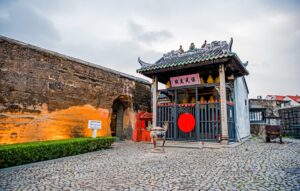The Section of the Old City Walls in Macau are the remaining fragments of a fortification system that once surrounded the colonial city during the 16th and 17th centuries. These walls were crucial for the defense of the city and are part of Macau’s rich historical heritage. Today, they stand as a symbol of Macau's colonial past and military history, with a small section preserved near the Ruins of St. Paul's Church.
The walls are made from a unique combination of materials, including clay, sand, rice straw, rocks, and oyster shells, making them an interesting example of colonial-era construction techniques. The preservation of this section has allowed visitors to glimpse Macau's defensive strategies and architectural history.
Attractions Features
Unique Construction
The walls are built with a mix of natural materials, which include clay, sand, rice straw, rocks, and oyster shells. This construction technique was typical for the period and region, where resources were locally sourced.
Remains of the Defensive Wall
The preserved section of the city wall is approximately 18.5 meters long, 5.6 meters tall, and 1.08 meters wide. The walls are made from rammed earth and feature various materials incorporated into their structure, providing insight into the building methods of the time.
Arched Doorway
An arched door can be found within the remains, adding to the historical value of the site. This arch was likely used as a gateway or an entry point to the city, providing a glimpse into the functional aspects of the defensive system.
Historic Setting
The Section of the Old City Walls is located near two other iconic landmarks: Ruins of St. Paul's Church and Na Tcha Temple. This positioning is significant as it links the old defensive walls with the heart of the city’s colonial history and religious heritage.
Attractions History
Origins of the Walls
The history of the Old City Walls dates back to 1569 when Portuguese colonialists began fortifying the city against threats, primarily from Chinese forces and Dutch invaders. During this period, the Ming Dynasty (1368–1644) had prohibited the construction of city walls in Macau, which led to several destructions of the walls over time. Despite this, the Portuguese managed to circumvent this rule by building defensive structures in the northern, eastern, and southern parts of Macau’s peninsula, as well as constructing forts in strategic locations.
Military Significance
The walls were primarily a defense mechanism against potential military threats, particularly following a failed Dutch invasion of Macau in 1622. After this, the Portuguese fortified the city, especially the northern section of the wall, to better protect it from future military incursions. Over time, additional sections of the wall were built, including parts that remain today.
Decline and Collapse
Unfortunately, due to poor maintenance and the passage of time, most of the wall eventually collapsed. The remaining section is a small yet valuable fragment of Macau’s past. In 2005, this section was inscribed as part of the UNESCO Historic Centre of Macau World Heritage Site, recognizing its importance as part of the city’s colonial and military history.
Modern Preservation
Today, the remaining portion of the wall stands as a testament to Macau’s colonial history, offering visitors a glimpse into the city’s past. Its preservation allows for greater understanding of Macau’s strategic importance during the Portuguese colonial era.
Entrance Tickets
- Ticket Price: Free Admission
- Opening Time: Open all day; there are no specific opening or closing hours.
Location and Address
- Chinese Name: 舊城牆
- Address: Left side of the Ruins of St. Paul's Church, Central Macau Peninsula, Macau, China
How to Get There (Transportation)
By Bus
- Bus No. 10, 10A, 11, 21A, 2, 3, 3A, 4, 5, 6, 7, 8A, 26A, or 33: Get off at Avenida de Almeida Ribeiro and walk towards Senado Square, which is a few minutes away from the ruins and the wall.
- Bus No. 17, 18, 8A, or 26: Get off at Camoes Square Station, then walk along the tiled road for a few minutes towards the Old City Walls.
By Taxi
- Taxis in Macau are readily available and can take you directly to the Ruins of St. Paul's and the Section of the Old City Walls. The ride is short and convenient.
Walking
- If you are staying nearby, you can easily walk to the Old City Walls from Senado Square, Ruins of St. Paul's, or Na Tcha Temple, all of which are within walking distance.
Travel Tips
Best Time to Visit
- The walls are open all day, and there is no specific "best time" to visit, though early mornings or weekdays tend to be less crowded, making for a more peaceful visit.
- Evenings are also great for visiting the area when the ruins and surrounding attractions are beautifully illuminated.
Things to Bring
- Comfortable shoes for walking around the area.
- A camera, as the site offers excellent photo opportunities, especially with the nearby historic landmarks like the Ruins of St. Paul’s and Na Tcha Temple.
Accessibility
- The Section of the Old City Walls is located in a pedestrian-friendly area and is accessible for most visitors. However, some areas near the walls might involve walking up or down a few steps.
Respect the Site
- As with all historic sites, be respectful of the environment. Do not disturb the structures, and avoid littering in the area.
Related Tours
Historic Macau Walking Tour
- Explore the UNESCO Historic Centre of Macau with a guided walking tour that includes stops at the Ruins of St. Paul’s, Na Tcha Temple, Senado Square, and the Old City Walls. The tour offers deeper insight into Macau’s colonial past and its strategic importance.
Colonial Macau and Military History Tour
- A specialized tour focusing on Macau’s colonial history, including visits to various forts, the Old City Walls, and Fortaleza do Monte, with a detailed exploration of the military fortifications and defensive strategies during the Portuguese era.
Half-Day Macau Heritage Tour
- Combine visits to Macau’s top historic and cultural sites, including the Old City Walls, Ruins of St. Paul's, A-Ma Temple, and the Macau Museum, all in one convenient half-day tour.
The Section of the Old City Walls is a fascinating historical site that offers visitors a glimpse into Macau's past as a fortified colonial city. Whether you’re interested in military history, architecture, or cultural heritage, this location is an important part of Macau’s World Heritage landscape.


 Tours
Tours


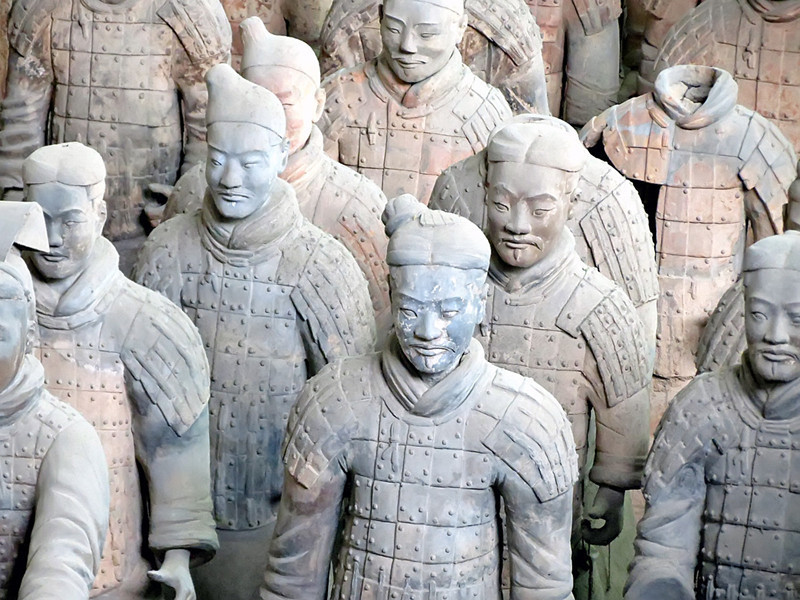
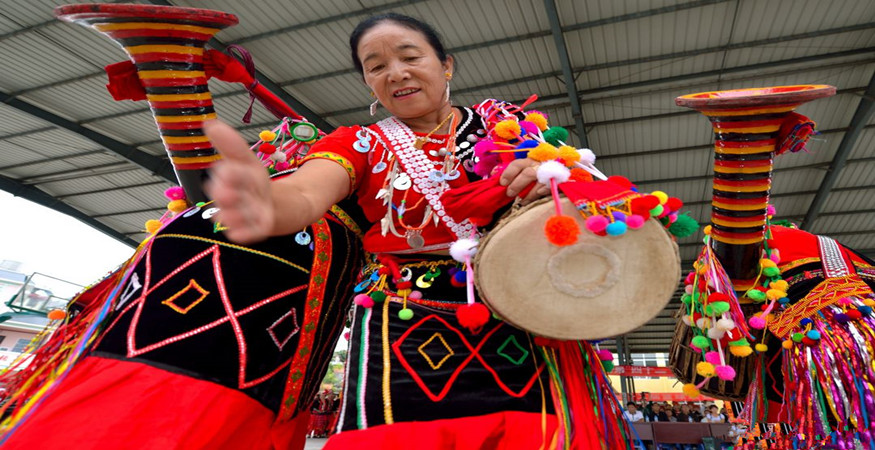


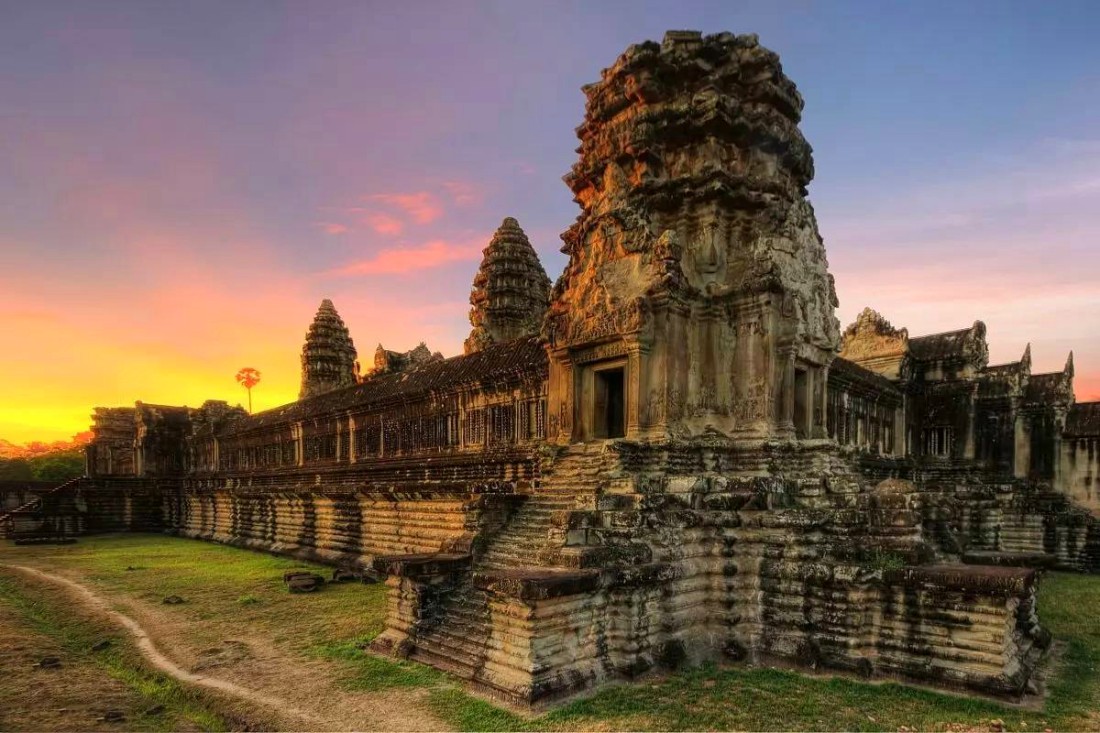
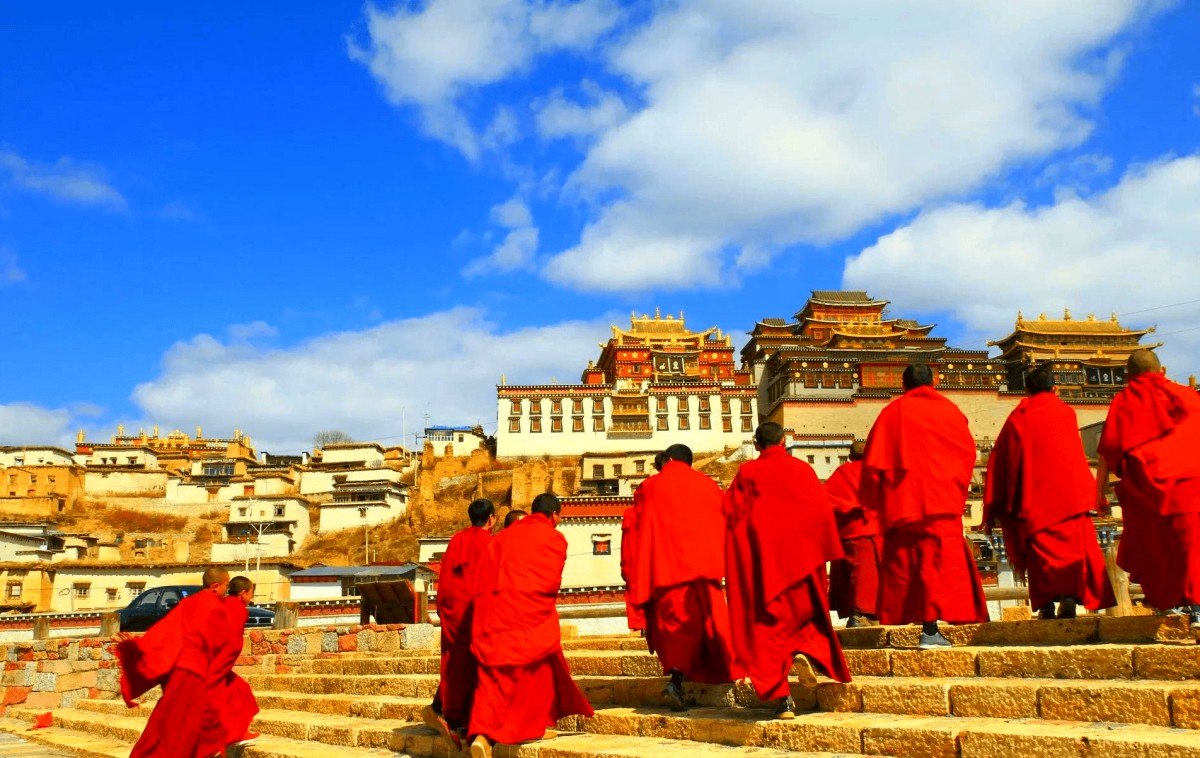

 Destinations
Destinations Attractions
Attractions Golf
Golf Customize
Customize About Us
About Us Contact
Contact



